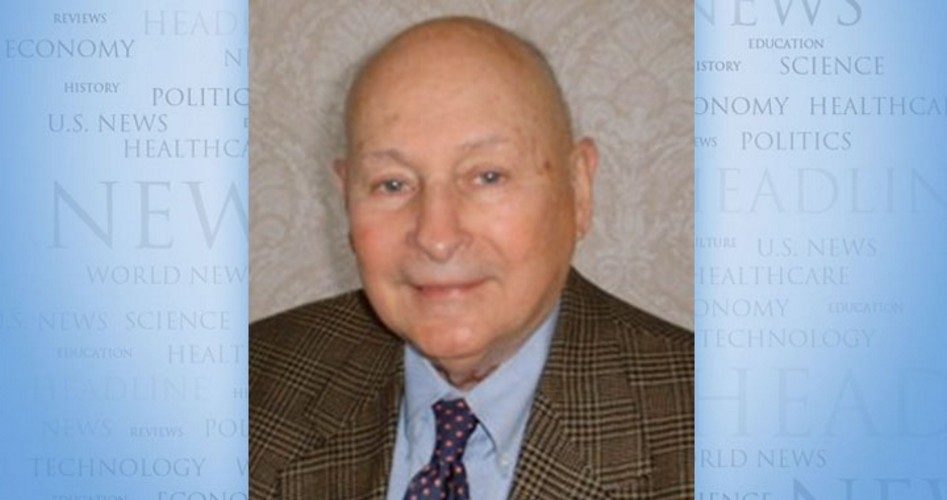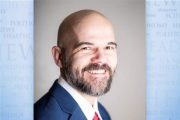
How is death education faring these days? Omega, the journal of death and dying, is now 40 years old and has become a highly respected peer-reviewed publication. Its website says:
This Journal brings insight into terminal illness; the process of dying, bereavement, mourning, funeral customs, suicide. Fresh, lucid, responsible contributions from knowledgeable professionals in universities, hospitals, clinics, old age homes, suicide prevention centers, funeral directors and others, concerned with thanatology and the impact of death on individuals and the human community. OMEGA is a rigorously peer-refereed journal.
Meanwhile, ADEC, the Association of Death Education and Counseling, is holding its 35th Annual Conference in Hollywood in 2013. Its theme: “Reframing Images of Grief: Identity Transformation Through Loss.”
The issue of death education seems to have faded into the background. But we have found an interesting story from the past involving Columbine High School, the site of the massacre in April, 1999. It seems that back in 1985, Tara Becker, a student from Columbine High, went to a pro-family conference in Colorado to tell the attendees about death education at the school and the effect it had on her. Jayne Schindler, who heard Tara’s testimony, reported:
Tara brought with her a booklet she had helped to compile for one of her school classes. This booklet was called “Masquerade” and was full of subliminal pictures and prose. Tara explained how she had been taught to use the hidden, double meaning, subliminals and how she had focused so much of her time and attention on death that she, herself, had tried to commit suicide.
A video was made of Tara’s testimony and distributed nationwide by Eagle Forum. The video was aired on British television, and The Atlantic Monthly did a feature story based on it. The producers at “20/20” saw the video and decided to do a segment on death education which was aired in 1990.
Schindler writes:
Tara explained that the subject of death was integrated into many of the courses at her high school. She said that death was made to look glamorous, that living was hard, and that reincarnation would solve their problems. Students were told that they would always return to a much better life form. They would return to the “Oversoul” and become like God.
After one of the students at her school committed suicide, a “suicide talking day” was held and every class was to talk about death. Class assignments were for students to write their own obituaries and suicide notes. They were told to trust their own judgment in choosing whether to live or die.
So Tara began to think of suicide as a means of solving some of her problems. She thought of liberating her spirit from enslavement to her body. She says she also wanted to die to help relieve the planet of overpopulation. These were a few of the crazy thoughts put into her head by her “educators.” God knows what kind of equally crazy thoughts were put into the heads of the two killers at Columbine. But if you read the diaries of the two killers, you will conclude that the idea of the “Oversoul” would have definitely appealed to them.
Fortunately, Tara survived death education at Columbine High and lived to talk about it. But thousands of students have committed suicide all across America and no one in Washington has even bothered to hold a hearing on the subject. It is now assumed that teenage suicide is as natural as burgers and fries. It’s just one of those things that teenagers now do in America.
But what seems to be happening as death education becomes more and more sophisticated is that many of these teenagers with the suicidal urge now want to take some of their teachers and classmates with them. After all, reincarnation is an equal opportunity concept. It’s for everybody.
Incidentally, the National Education Association played an active role in promoting death education. One death educator wrote in the March 1973 issue of the NEA Journal: “Death by its very nature involves science and medicine, social studies and sociology, psychology, history, art, literature, music, insurance, and law.”
Thus, death education can easily be integrated into any subject and permits classroom discussion concerning “the moral and ethical issues of abortion and euthanasia, and the spiritual and religious aspects of death and afterlife.” The article ends with this justification for teaching about death:
Subject matter for today’s education must have universality, must be intrinsically interesting, must be intellectually challenging, must have both personal and social relevance, and must prepare students for life. We believe that teaching about death meets these criteria.
In short, teaching about death is supposed to prepare students for life. And so, the decision to introduce death education into the public school curriculum was made without consultation with parents who have become quite irrelevant in these matters.
In another article in the NEA Journal of September 1976, the author, an English teacher at a high school in Wyoming, wrote: “The highlight of the course was our visit to a mortuary and cemetery. … Afterwards … a boy stated, ‘The visit to the graveyard and funeral home really blew my head, and I had to talk and think about death.’” And another student commented: “After discussing it with others, death didn’t seem like such a terrible happening.” That’s the mind-change that can lead to death seduction.
The National Education Association pioneered in the development of sensitivity training and values clarification by sponsoring the National Training Laboratory, founded in 1948 at Bethel, Maine. It has promoted death education by sponsoring the writing and publication of Death and Dying Education by Prof. Richard O. Ulin of the University of Massachusetts. The book includes an 18-week syllabus for the death educator.
In addition, death education is promoted in a book on Health Education published by the NEA as part of a series of books entitled Education in the 80’s. There is a chapter in that volume entitled “Death Education Comes of Age” by Kathleen Hoyt Middleton. Ms. Middleton writes:
In the 1980’s the subject of death and dying will become an accepted and essential aspect of the health education curriculum. … Journals such as Death Education and Omega can be helpful in keeping up-to-date on the issues. … Funeral directors in many communities are also becoming more concerned with their role as educator.
Ms. Middleton is the author of “A Conceptual Approach to Death and Dying Education,” a complete curriculum for junior high. She was also Director of Curriculum, School Health Education Project, part of the National Center for Health Education.
Death educators have long been aware that fear of the subject among teachers had to be overcome. An article in Phi Delta Kappan of March 1974 explained:
It is considerably easier to know something about sex education as an adult than it is to have experience with one’s own death. But at least we do possess value-clarification precedents in approaching the subject of death. We have the rich experience now of sensitizing adults to racial and economic discrimination, sex stereotyping, and other human relations problems. It should be possible to apply some of the strategies used in those earlier inservice efforts to the topic of death and dying. No administrator should be surprised to find that his staff is afraid of handling this topic. When he considers that research studies reveal similar fears among medical practitioners and even prospective funeral directors. … Surely the topic is too important to be kept in the morgue any longer.
And so, out of the morgue and into the classroom! By now we’ve had about 40 years of death education in the schools, and the subject has metastasized throughout the entire curriculum.
Thanatology, the study of death and dying, has become a subject of growing professional interest. You can earn a degree in Thanatology at the Naional Center for Death Education. ADEC also provides certification for teachers of death and dying. Their annual conferences have turned into extravaganzas of death and dying fellowship. This is their vision statement:
The Association for Death Education and Counseling® envisions a world in which dying, death and bereavement are recognized as fundamental and significant aspects of the human experience. Therefore, the Association, ever committed to being on the forefront of thanatology (the study of death and dying), will provide a home for professionals from diverse backgrounds to advance the body of knowledge and to promote practical applications of research and theory.
Their 34th annual conference, which was held in Atlanta in March 2012, featured many speakers who had much to say about the subject. Here are a few of the topics: “Guided Imagery: Promoting Continuing Bonds with Children.” “Teaching Death and Dying: Combatting the Challenges of Two Pedagogies.” “Soul Soothers: Psalms of Lament in a Hurting World.” “Understanding the Needs of Grieving College Students.” “Healing Presence: A Rural Child Bereavement Program.” “Using Guided Imagery to Heal Traumatic Grief Reactions.” “African-Centered Approach to Death Education.” “When Youth of Color Loses a Peer.” “Children and Grief: Theories, Skill and Interventions for the Grief Counselor.” You can read the titles of all their conference sessions on their website.
Now that death education has become a permanent part of the public school curriculum, it has taken a back seat to APEC’s overall promotion of thanatology, which has become a respected subject of academic interest. Whenever there is a school shooting or a teen suicide there is always a certified grief counselor ready and able to do his or her job. What can parents do? They’ve never been able to get rid of sex education, no matter how much they’ve tried, and they will never be able to get rid of death ed. That’s the simple, unvarnished truth.


